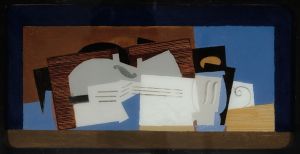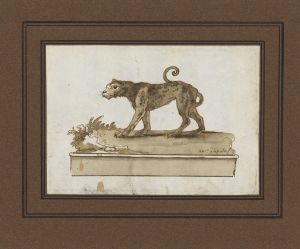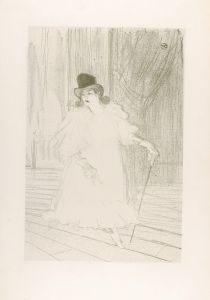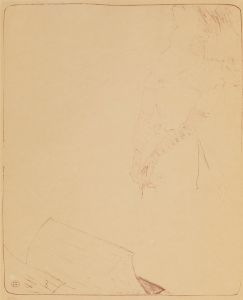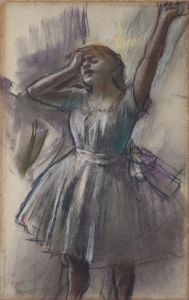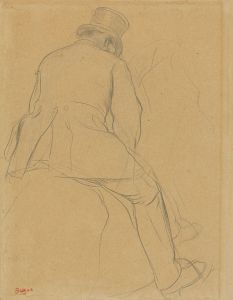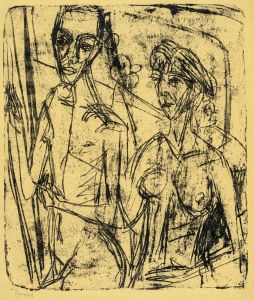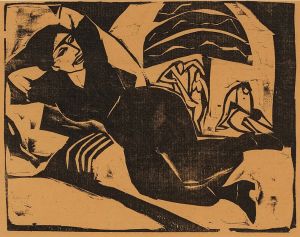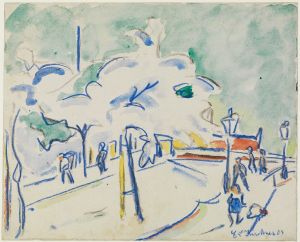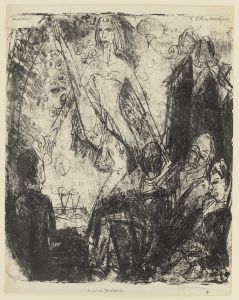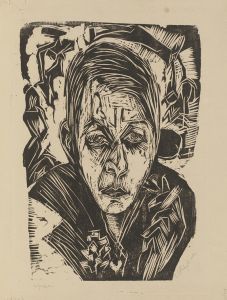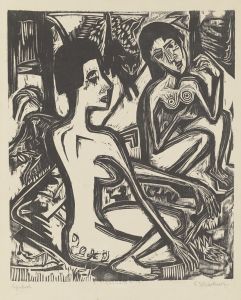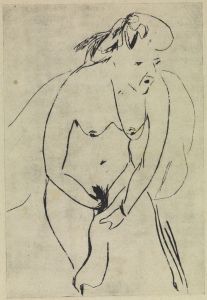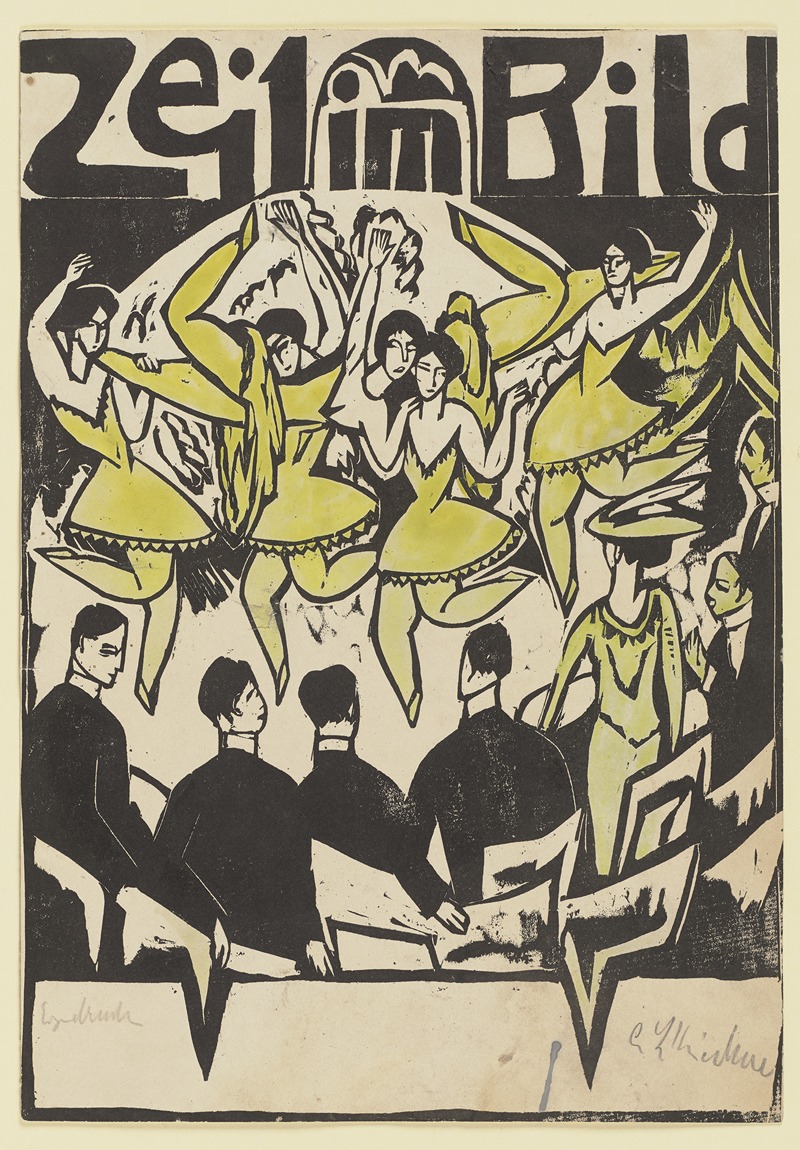
Eispalast-Tänze
A hand-painted replica of Ernst Ludwig Kirchner’s masterpiece Eispalast-Tänze, meticulously crafted by professional artists to capture the true essence of the original. Each piece is created with museum-quality canvas and rare mineral pigments, carefully painted by experienced artists with delicate brushstrokes and rich, layered colors to perfectly recreate the texture of the original artwork. Unlike machine-printed reproductions, this hand-painted version brings the painting to life, infused with the artist’s emotions and skill in every stroke. Whether for personal collection or home decoration, it instantly elevates the artistic atmosphere of any space.
Ernst Ludwig Kirchner was a German expressionist painter and one of the founding members of the artist group Die Brücke (The Bridge), which played a pivotal role in the development of Expressionism in early 20th-century art. Kirchner's work is characterized by its bold use of color, dynamic compositions, and a focus on modern urban life and its psychological complexities.
"Eispalast-Tänze" (Ice Palace Dances) is one of Kirchner's notable works, created during a period when he was deeply engaged with the vibrant cultural scenes of Berlin. The painting captures the energy and movement of dancers in an ice palace, a popular entertainment venue during the early 1900s. Kirchner's depiction of the dancers is marked by his typical expressionist style, with exaggerated forms and a vivid color palette that conveys the excitement and dynamism of the scene.
The painting reflects Kirchner's interest in the themes of modernity and the human experience within the rapidly changing urban environment. His work often explored the tensions and anxieties of contemporary life, and "Eispalast-Tänze" is no exception. The dancers are portrayed with a sense of immediacy and vitality, their movements almost palpable through the artist's energetic brushwork.
Kirchner's time in Berlin was a period of intense creativity and personal turmoil. The city's fast-paced life and its impact on the human psyche were recurrent themes in his work. "Eispalast-Tänze" can be seen as part of this broader exploration, capturing a moment of leisure and escape amidst the pressures of modern city life.
The painting is also significant for its technical aspects. Kirchner's use of color and form in "Eispalast-Tänze" demonstrates his mastery of expressionist techniques. The bold, non-naturalistic colors and the dynamic composition create a sense of movement and emotion that is central to the expressionist aesthetic. This approach was intended to evoke an emotional response in the viewer, making them feel the intensity of the scene rather than merely observe it.
Kirchner's contribution to the expressionist movement and his influence on modern art cannot be overstated. His works, including "Eispalast-Tänze," continue to be celebrated for their innovative approach to color, form, and subject matter. They offer a window into the complexities of early 20th-century life and the artist's own struggles and insights.
"Eispalast-Tänze" remains an important piece within Kirchner's oeuvre, exemplifying his ability to capture the spirit of his time through a unique and powerful visual language. The painting is a testament to his skill as an artist and his deep engagement with the world around him, making it a valuable part of the history of modern art.






